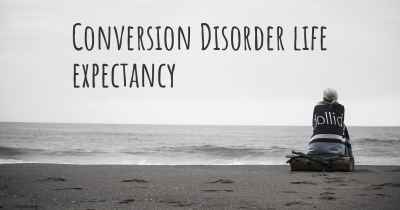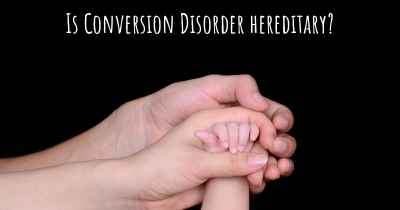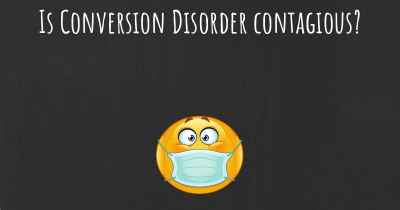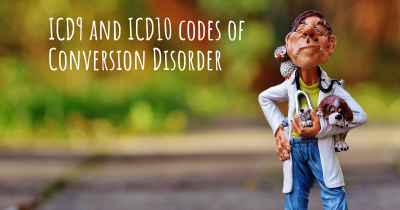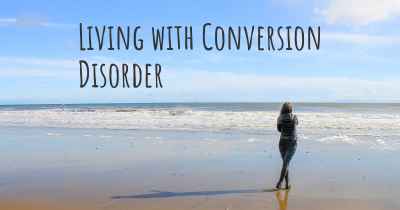18
What is the prevalence of Conversion Disorder?
How many people does Conversion Disorder affect? Does it have the same prevalence in men and women? And in the different countries?
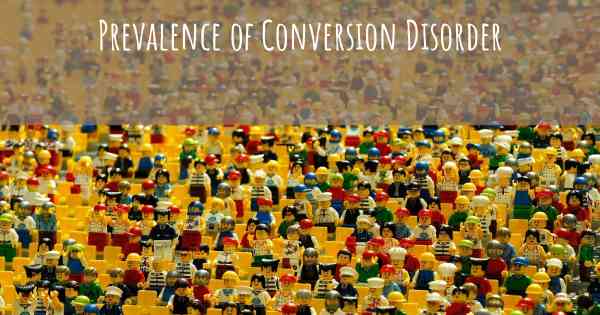
The prevalence of Conversion Disorder, also known as Functional Neurological Symptom Disorder, varies widely depending on the population studied and the diagnostic criteria used. However, it is estimated to affect approximately 2 to 5% of the general population at some point in their lives. It is more common in females than males, and often emerges during adolescence or early adulthood. The disorder is characterized by the presence of neurological symptoms that cannot be explained by a medical condition, and is believed to be influenced by psychological factors.
Conversion Disorder, also known as Functional Neurological Symptom Disorder, is a complex condition characterized by the presence of neurological symptoms that cannot be explained by any underlying medical or neurological condition. These symptoms may include weakness or paralysis, tremors, sensory disturbances, speech difficulties, and seizures. The prevalence of Conversion Disorder varies across different populations and settings.
Research suggests that Conversion Disorder is relatively rare, with estimated prevalence rates ranging from 0.01% to 2% in the general population. However, it is important to note that these figures may be underestimated due to underdiagnosis or misdiagnosis. The disorder is more commonly observed in clinical settings, such as neurology or psychiatric clinics, where the prevalence can be higher, reaching up to 5-20% of patients.
Conversion Disorder can affect individuals of all ages, but it is more commonly diagnosed in adolescents and young adults. It is also more frequently observed in females than males. The exact causes of Conversion Disorder are not fully understood, but it is believed to involve a complex interplay of psychological, social, and biological factors.
Early recognition and appropriate management are crucial for individuals with Conversion Disorder. Treatment typically involves a multidisciplinary approach, including psychotherapy, physical therapy, and sometimes medication. With proper care, many individuals with Conversion Disorder can experience significant improvement in their symptoms and overall functioning.
Diseasemaps
14 out of 22 of 100;000
Posted Dec 15, 2017 by Tammy 2500
